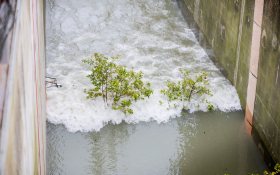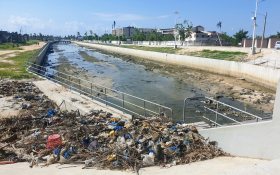Climate change will hit energy-related water use in multiple ways
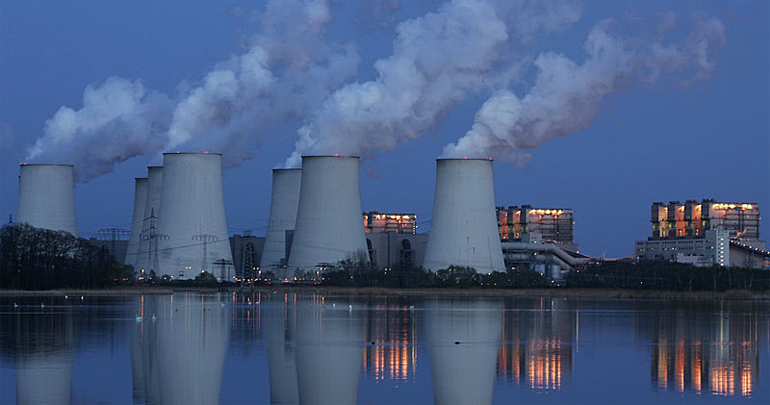 With consumption expected to grow by 2 percent a year, demand for fresh water is rapidly approaching the currently available supply.
With consumption expected to grow by 2 percent a year, demand for fresh water is rapidly approaching the currently available supply.
By 2040, this could lead to a gap of 50 percent between the available - sustainable and reliable - supply of fresh water and demand.
Especially the food and energy sector will face a serious risk of water shortages. For power plants this not only implies a shortage for cooling water, but also that the incoming water will be too warm for cooling.
Subsequently power plants will be forced to reduce their electricity production.
This emerged from the report 'Too little, too much - the diverse sectoral challenges of water' that was published by the Economics department of the Dutch bank ING on 7 December.
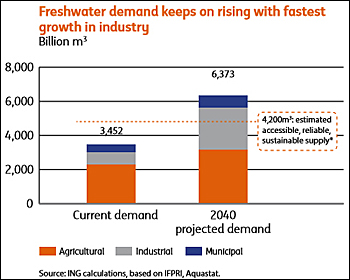 The demand for fresh water is expected to almost double by 2040.
The demand for fresh water is expected to almost double by 2040.
Industrialisation raises demand
According to the ING report half of the 60 largest economies face a serious risk of water shortages in the future unless climate policy changes.
As a result of industrialisation, industry around the world is expected to use 4 percent more water each year in the future.
Consequently, industry’s share of global water consumption will rise from 21 percent to an estimated 38 percent in 2040.
Power stations in particular are driving water consumption and for this reason are increasingly being located on the coast in order to be able to use seawater.
Serious risk of water-stress
Agriculture is by far the most water-intensive sector globally, consuming 800 litres of water to add 1 US dollar of value. In the energy sector the figure is 300 litres and in industry 11 litres.
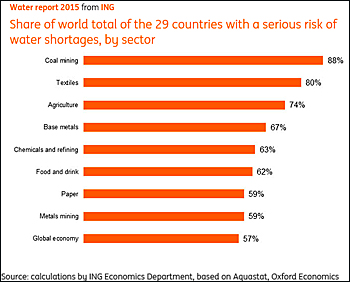 For many sectors a serious water shortage is predicted which means that conflicts over available fresh water resources are likely to intensify sharply.
For many sectors a serious water shortage is predicted which means that conflicts over available fresh water resources are likely to intensify sharply.
Most production in these sectors takes place in the 29 countries at serious risk of ‘water stress’, meaning that demand for water is at least temporarily greater than supply or that insufficient good quality water is available.
For example, 88 percent of coal mining, 80 percent of the textile industry and 74 percent of global agriculture is located in these countries.
The traditional conflict between water for energy and water for food will extend to other sectors such as metals and clothing.
Vulnerable coastal zones
The report also warns for too much water. Accordingly, over the past three decades more than 2.8 billion people globally have been affected by floods and the statistics are expected to deteriorate as a result of climate change.
Businesses have long been drawn to coastal areas as they provide resources and trading opportunities. Populations and economic activities in these costal zones are most vulnerable to flooding and house around 600 million people in need of better flood protection. If this is not provided, a swelling flow of environmental refugees will emerge, seeking shelter elsewhere in the country or even in other countries.
Climate adaptation measures are therefore expected to increase in flood-prone cities around the world.
Download full report (as pdf-file): Too little, too much - the diverse sectoral challenges of water.
This news item was originally published on the website of ING.
More information
ING Economics department
Amsterdam, the Netherlands
+31 20 5639111
economisch.bureau@ing.nl
www.ing.com/en

